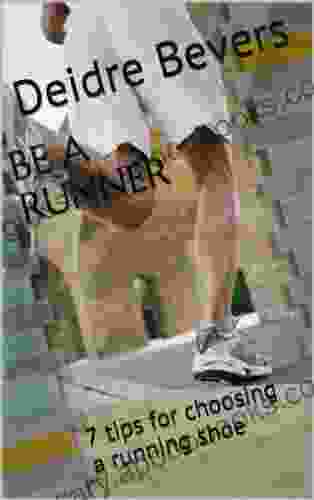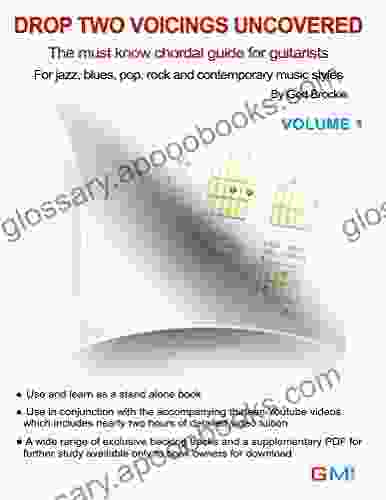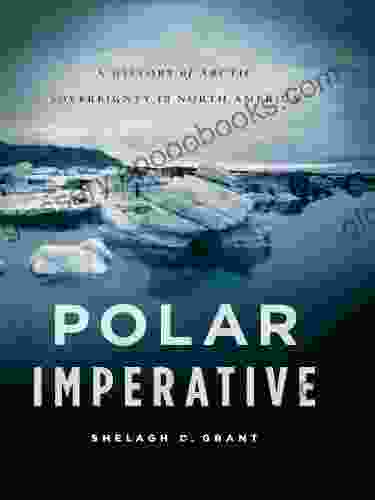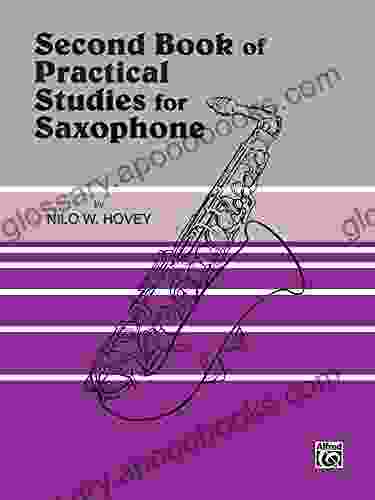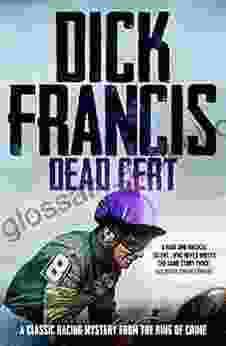Tips for Choosing Running Shoe

Running is a great way to get in shape, improve your health, and relieve stress. But if you're not wearing the right shoes, you can end up with foot pain, injuries, and even blisters. That's why it's important to take the time to choose the right running shoes for your feet and your running style.
In this article, we'll provide you with all the information you need to choose the perfect running shoes. We'll cover everything from foot anatomy to shoe construction to finding the right fit. By the end of this article, you'll be an expert on running shoes and you'll be able to choose the perfect pair for your needs.
5 out of 5
| Language | : | English |
| File size | : | 486 KB |
| Text-to-Speech | : | Enabled |
| Screen Reader | : | Supported |
| Enhanced typesetting | : | Enabled |
| Word Wise | : | Enabled |
| Print length | : | 10 pages |
Foot Anatomy
Before you can start shopping for running shoes, it's important to understand the anatomy of your feet. The foot is a complex structure made up of 26 bones, 33 joints, and over 100 muscles, tendons, and ligaments.
The main bones of the foot are the tarsals, metatarsals, and phalanges. The tarsals are the seven bones that make up the heel and midfoot. The metatarsals are the five long bones that connect the tarsals to the toes. The phalanges are the 14 bones that make up the toes.
The foot is divided into three arches: the medial arch, the lateral arch, and the transverse arch. The medial arch is the arch that runs from the heel to the big toe. The lateral arch is the arch that runs from the heel to the little toe. The transverse arch is the arch that runs across the ball of the foot.
The arches of the foot help to distribute weight and absorb shock. When you run, the impact of your foot on the ground creates a force that travels up through the foot and into the body. The arches of the foot help to absorb this force and prevent it from causing pain or injury.
Shoe Construction
Running shoes are designed to provide support, cushioning, and stability for your feet. The different parts of a running shoe work together to protect your feet and help you run more efficiently.
The upper of a running shoe is made of a breathable material that allows your feet to breathe. The upper also provides support and structure for the foot.
The midsole of a running shoe is made of a cushioning material that absorbs shock and helps to propel you forward. The midsole also provides support for the arch of the foot.
The outsole of a running shoe is made of a durable material that provides traction and protection for the foot. The outsole also helps to stabilize the foot and prevent injuries.
Finding the Right Fit
The most important thing to consider when choosing running shoes is the fit. Running shoes should fit snugly but not too tightly. You should have enough room to wiggle your toes, but your feet should not slide around inside the shoes.
To find the right fit, you should measure your feet and then try on several different pairs of shoes. Be sure to wear the same type of socks that you will wear when you run.
Once you have found a pair of shoes that fit well, you should walk around in them for a few minutes to make sure that they are comfortable. You should also try running in the shoes for a short distance to make sure that they provide the right amount of support and cushioning.
Cushioning
Cushioning is one of the most important features to consider when choosing running shoes. Cushioning helps to absorb shock and protect your feet from injuries.
There are two main types of cushioning: foam cushioning and air cushioning. Foam cushioning is made of a soft, flexible material that absorbs shock and provides a comfortable ride. Air cushioning is made of a series of air-filled chambers that absorb shock and provide a responsive feel.
The amount of cushioning you need depends on your running style and the type of terrain you run on. If you are a heavy runner or if you run on hard surfaces, you will need more cushioning. If you are a light runner or if you run on soft surfaces, you may not need as much cushioning.
Stability
Stability is another important feature to consider when choosing running shoes. Stability shoes are designed to help prevent overpronation, which is a condition in which the foot rolls inward excessively when you run.
Overpronation can cause a variety of foot problems, including plantar fasciitis, heel pain, and shin splints. Stability shoes have features such as a firmer midsole, a wider base, and a medial post that help to prevent overpronation.
If you are not sure whether you need stability shoes, you can ask a running shoe specialist or a podiatrist for advice.
Support
Support is another important feature to consider when choosing running shoes. Support shoes are designed to provide additional support for the arch of the foot.
Arch support can help to prevent a variety of foot problems, including plantar fasciitis, heel pain, and shin splints. Support shoes have features such as a firmer arch support, a wider base, and a medial post that help to provide additional support.
If you have high arches or if you experience foot pain, you may need support shoes. You can ask a running shoe specialist or a podiatrist for advice on whether you need support shoes.
Stride
Your stride is the way that you run. Your stride can affect the type of running shoes that you need.
There are two main types of strides: heel striking and midfoot striking. Heel strikers land on their heels first when they run. Midfoot strikers land on the middle of their feet when they run.
Heel strikers need running shoes that have a lot of cushioning in the heel. Midfoot strikers need running shoes that have more cushioning in the forefoot.
You can determine your stride by watching yourself run in a mirror or by asking a friend to watch you run.
Heel Strike
Heel striking is the most common type of stride. Heel strikers land on their heels first when they run. This type of stride can put a lot of stress on the feet and legs, so it is important to choose running shoes that have a lot of cushioning in the heel.
Running shoes that are designed for heel strikers typically have a firm midsole and a wide base. These features help to absorb shock and prevent injuries.
Midfoot Strike
Midfoot striking is a more efficient type of stride than heel striking. Midfoot strikers land on the middle of their feet when they run. This type of stride puts less stress on the feet and legs, so it is often recommended for runners who are prone to injuries.
Running shoes that are designed for midfoot strikers typically have a softer midsole and a narrower base. These features help to provide a more responsive feel and reduce the risk of injuries.
Choosing the right running shoes is essential for preventing injuries and improving your running performance. By following the tips in this article, you can find the perfect running shoes for your feet and your running style.
Here are a few additional tips to help you choose the right running shoes:
* Get fitted by a running shoe specialist. A running shoe specialist can help you determine your foot type and stride and recommend the right running shoes for you. * Try on several different pairs of shoes before you make a decision. Be sure to wear the same type of socks that you will wear when you run. * Walk around in the shoes for a few minutes to make sure that they are comfortable. You should also try running in the shoes for a short distance to make sure that they provide the right amount of support and cushioning. * If you have any foot problems, be sure to talk to a podiatrist before you start running. A podiatrist can help you determine the cause of your foot problems and recommend the right running shoes for you.
By following these tips, you can find the perfect running shoes for you and enjoy a lifetime of healthy running.
5 out of 5
| Language | : | English |
| File size | : | 486 KB |
| Text-to-Speech | : | Enabled |
| Screen Reader | : | Supported |
| Enhanced typesetting | : | Enabled |
| Word Wise | : | Enabled |
| Print length | : | 10 pages |
Do you want to contribute by writing guest posts on this blog?
Please contact us and send us a resume of previous articles that you have written.
 Book
Book Novel
Novel Page
Page Chapter
Chapter Text
Text Story
Story Genre
Genre Reader
Reader Library
Library Paperback
Paperback E-book
E-book Magazine
Magazine Newspaper
Newspaper Paragraph
Paragraph Sentence
Sentence Bookmark
Bookmark Shelf
Shelf Glossary
Glossary Bibliography
Bibliography Foreword
Foreword Preface
Preface Synopsis
Synopsis Annotation
Annotation Footnote
Footnote Manuscript
Manuscript Scroll
Scroll Codex
Codex Tome
Tome Bestseller
Bestseller Classics
Classics Library card
Library card Narrative
Narrative Biography
Biography Autobiography
Autobiography Memoir
Memoir Reference
Reference Encyclopedia
Encyclopedia Debra Dunbar
Debra Dunbar Destiny S Harris
Destiny S Harris Mira Kirshenbaum
Mira Kirshenbaum Faith Gardner
Faith Gardner Helen Zenna Smith
Helen Zenna Smith Denise Von Glahn
Denise Von Glahn Edward Lee
Edward Lee Javed Ahmad
Javed Ahmad Denise Gibb
Denise Gibb Enda Walsh
Enda Walsh Diana Durham
Diana Durham Tarah Schwartz
Tarah Schwartz Dhaval Bathia
Dhaval Bathia Tom Gallagher
Tom Gallagher Sona Bhatnagar
Sona Bhatnagar Jami Davenport
Jami Davenport Diane Wald
Diane Wald Paul Tucker
Paul Tucker Sheila Simkin
Sheila Simkin Karen Bogenschneider
Karen Bogenschneider
Light bulbAdvertise smarter! Our strategic ad space ensures maximum exposure. Reserve your spot today!
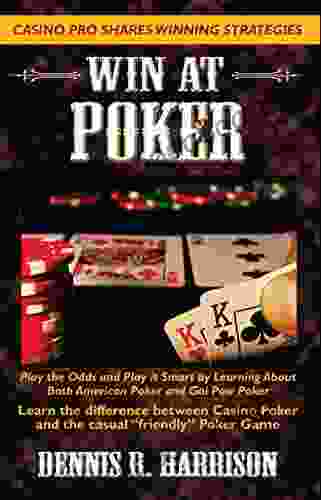
 Ernesto SabatoWin At Poker: Make the Most of Your Poker Strategy with Dennis Harrison's...
Ernesto SabatoWin At Poker: Make the Most of Your Poker Strategy with Dennis Harrison's... Benjamin StoneFollow ·14k
Benjamin StoneFollow ·14k Andy HayesFollow ·5.7k
Andy HayesFollow ·5.7k Herman MelvilleFollow ·4.5k
Herman MelvilleFollow ·4.5k Dwight BlairFollow ·14.3k
Dwight BlairFollow ·14.3k Rob FosterFollow ·5.4k
Rob FosterFollow ·5.4k Johnny TurnerFollow ·12.5k
Johnny TurnerFollow ·12.5k Martin CoxFollow ·2.2k
Martin CoxFollow ·2.2k Colby CoxFollow ·5.5k
Colby CoxFollow ·5.5k

 Clarence Mitchell
Clarence MitchellCollection Of Handcrafted Plants For The Blackest Of...
Do you have a black...
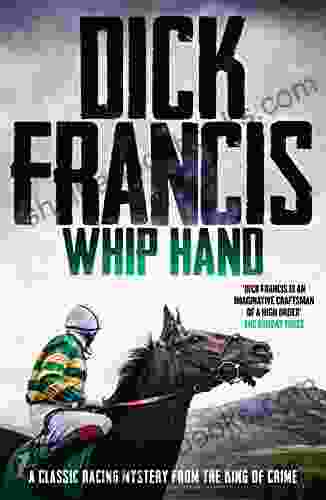
 Edgar Hayes
Edgar HayesClassic Racing Mystery From The King Of Crime
Agatha Christie, the...
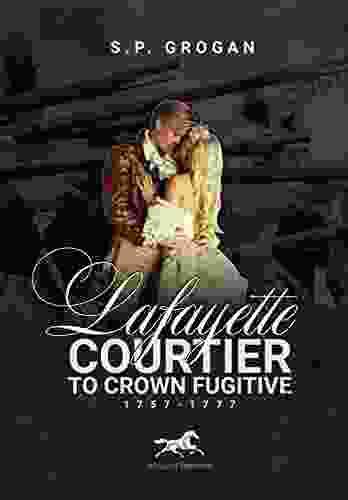
 Demetrius Carter
Demetrius CarterLafayette: Courtier to Crown Fugitive, 1757-1777
The Marquis de...

 Jared Powell
Jared Powell30 Gorgeous Sweaters, Cardigans, Hats, Toys & More:...
Immerse Yourself...
5 out of 5
| Language | : | English |
| File size | : | 486 KB |
| Text-to-Speech | : | Enabled |
| Screen Reader | : | Supported |
| Enhanced typesetting | : | Enabled |
| Word Wise | : | Enabled |
| Print length | : | 10 pages |


